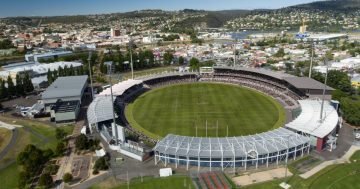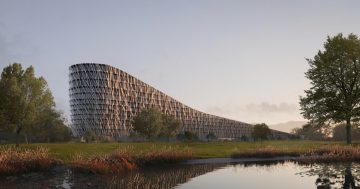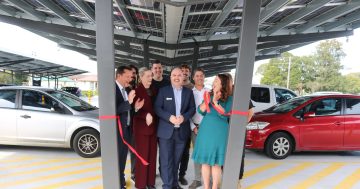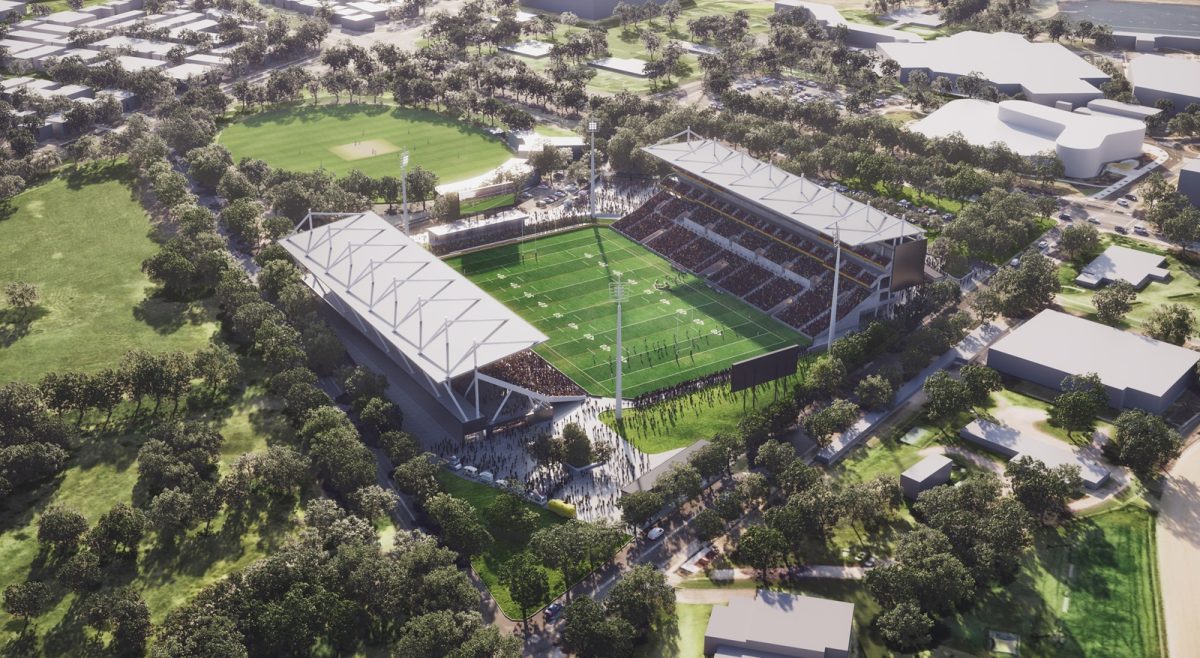
Concept art of how the refurbished Penrith Stadium will look in time for the 2026 NRL season. Images: NSW Government.
After years of wavering over whether to build a new football stadium in Penrith or upgrade the existing one, the NSW Government has finally committed to redeveloping Penrith Stadium.
The stadium, in Mulgoa Road opposite the sprawling Penrith Panthers Rugby League Club and home to the current NRL premiers, will receive a $309 million upgrade, including an increase in capacity in time for the 2026 season.
The upgrades are based on community consultations conducted during 2022, and will transform the current tired stadium precinct into a modern facility for fans and players, creating a superior venue for sports events, live music and entertainment.
The refurbished stadium will feature:
- A new western stand with improved safety, sightlines and spectator facilities
- Significant refurbishments to the eastern stand, with new seating and toilet facilities
- More food and beverage outlets and amenities to improve customer experience and speed of service
- New scoreboards, sound systems, ribbon boards and lighting
- New secure entries and turnstiles to improve security and flow in and out of events
- Increased ground capacity of about 25,000 and grandstands redesigned to be steeper so fans are closer to the action and have better sightlines to the field
- Improved player facilities for both men’s and women’s sports
- Quality open space for fan activations at sports and entertainment events. The current stadium’s grassy hill areas at each end of the ground behind the dead-ball areas will be recontoured but retained.
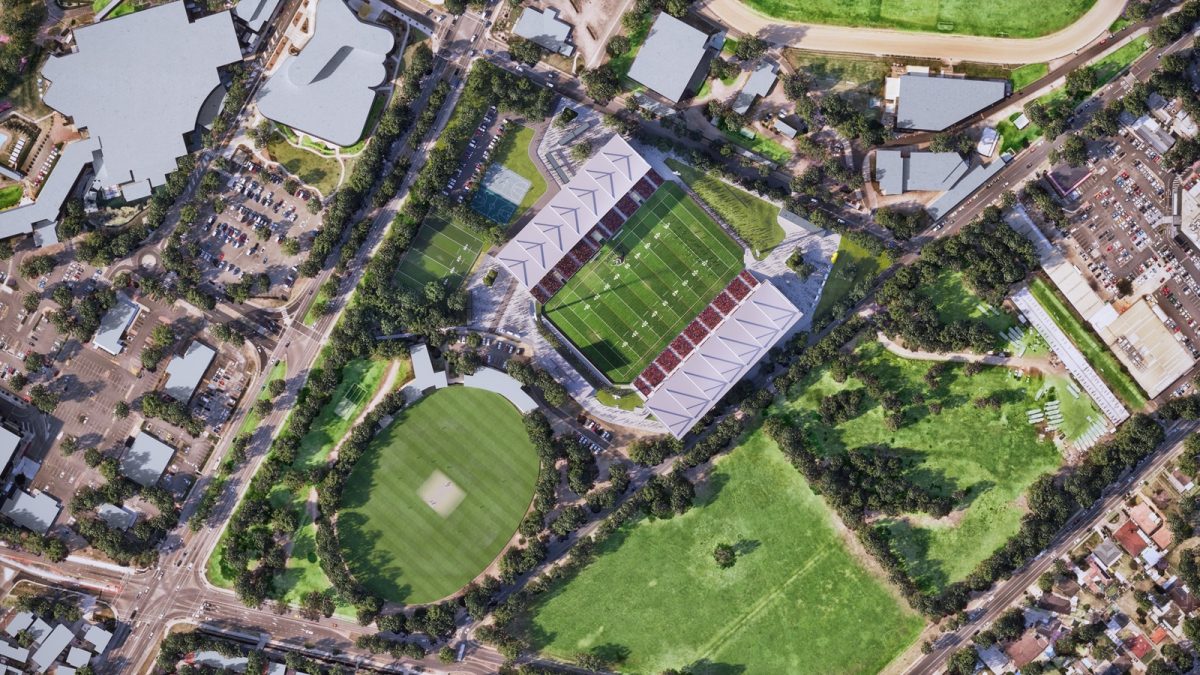
Concept art of the refurbished Penrith Stadium and its relation to surrounding open spaces and the sprawling Panthers Leagues Club (top left).
The new design will be placed on exhibition for public comment, and work is expected to begin at the end of the 2024 NRL season.
There will also be community engagement sessions on Thursday, 8 February, from 4 pm to 7 pm at Penrith Panthers Rugby League Club, and on Saturday, 10 February, from 9 am to noon at the Nepean Village Shopping Centre in Woodriff Street, Penrith.
Feedback received through the current engagement activities will be considered by the project team and will inform the project’s draft Environmental Impact Statement, which will then be submitted to the NSW Department of Planning and Environment as part of a State Significant Development Application process.


